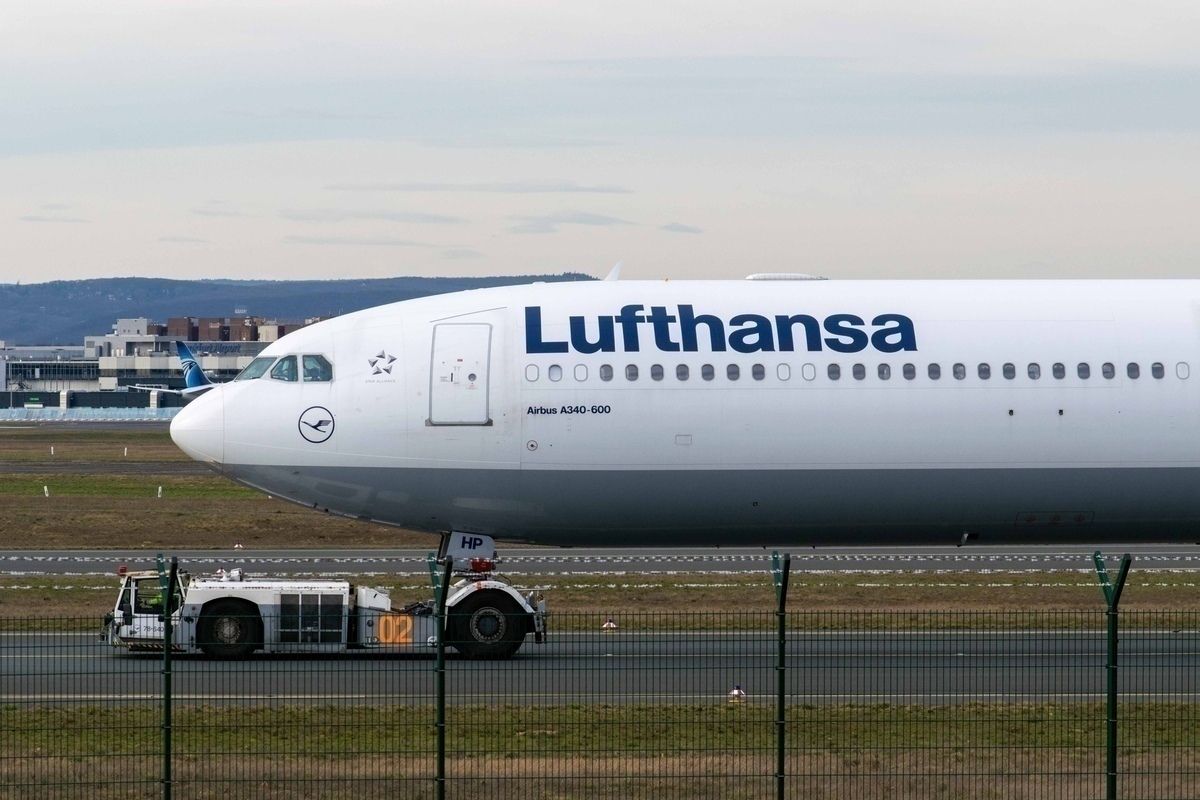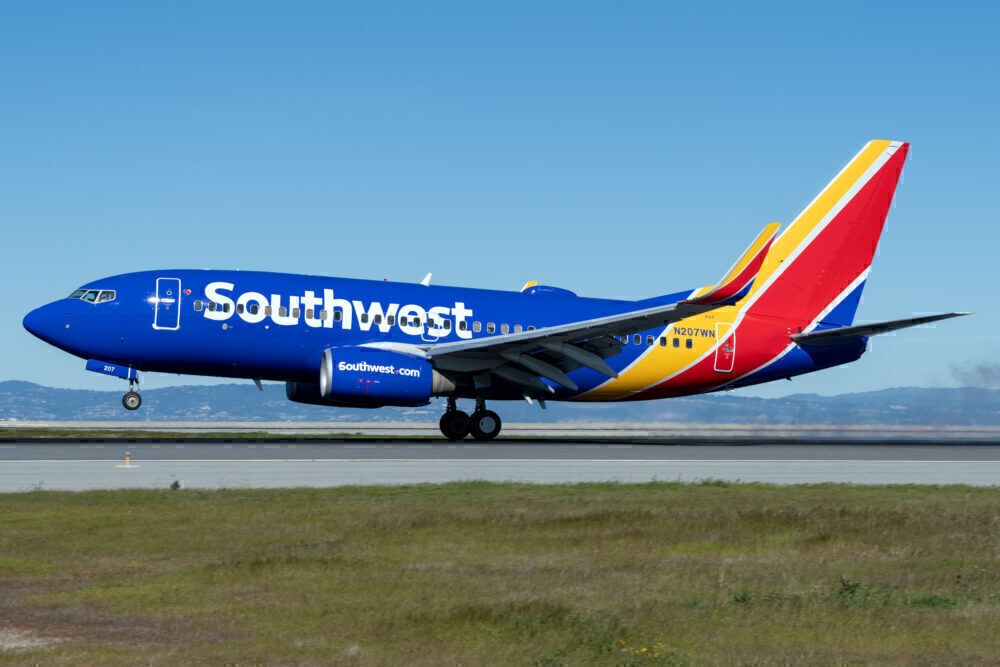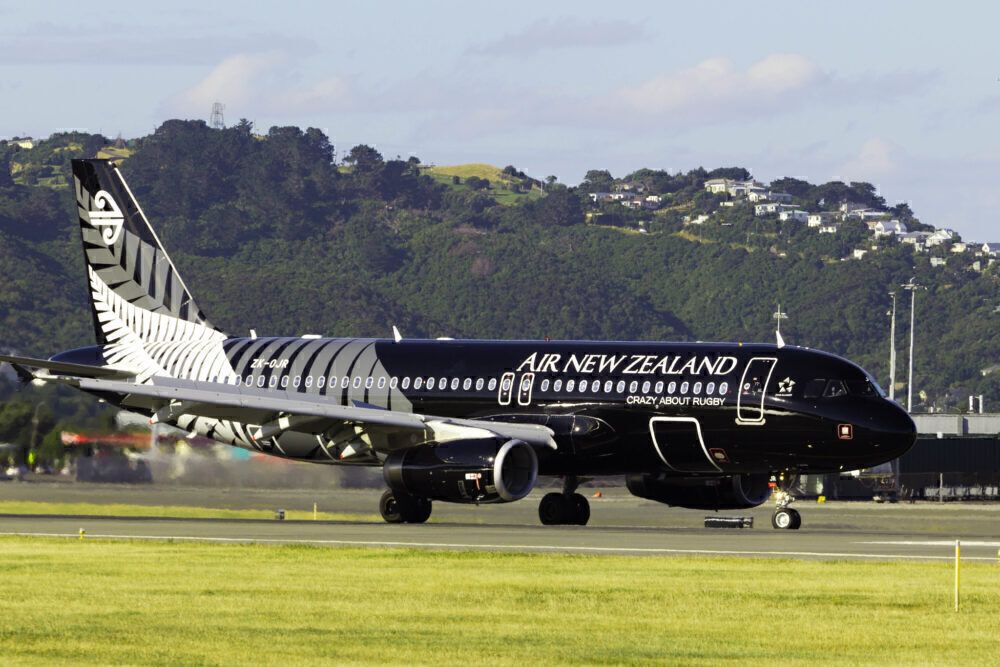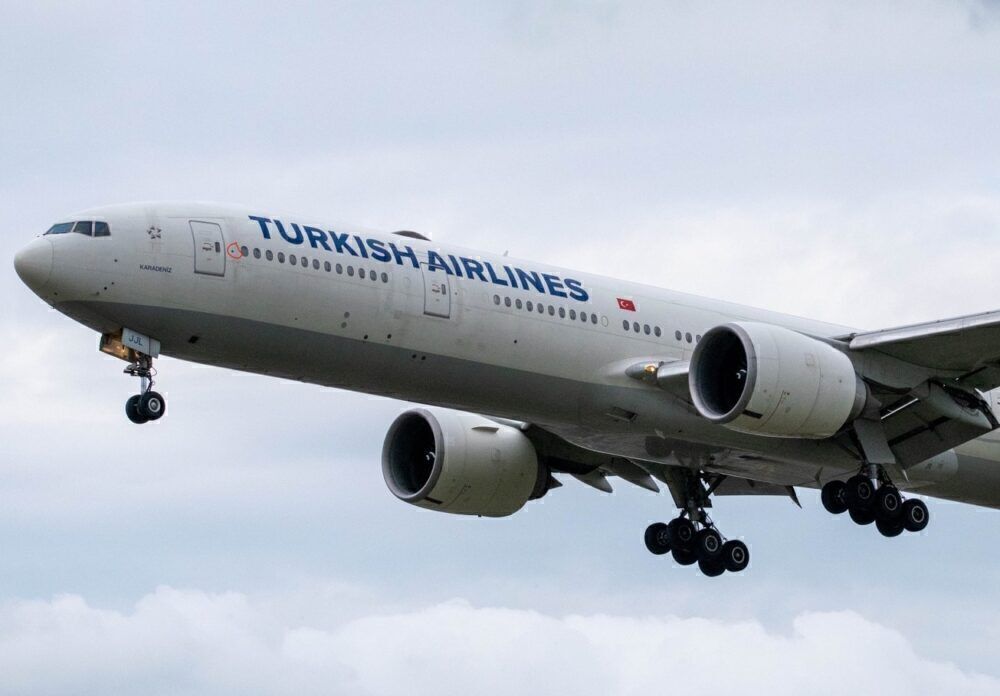Modern aircraft are complex engineering marvels with a myriad of technological features. There are some aspects that you can't miss, such as a plane's engines or tail. However, certain features require closer inspection, or else you might miss them. A more subtle feature is the dark outline that surrounds each of an aircraft's doors. But what purpose does this aspect serve?
A crucial safety feature
As seen above in the image of a Lufthansa Airbus A340, an aircraft's doors are generally outlined in a contrasting color to its fuselage. This is something that many of us may have subconsciously noticed on our travels, but perhaps without considering why this is the case. After all, the decision to make the door's outline a conspicuously different color to its surrounding fuselage has to have been a deliberate one.
In aviation, many decisions are safety-driven processes, and this is also the case when it comes to these contrasting door outlines. The reason for the darker (or lighter in the case of a darker-colored fuselage) outline is for ease of identification in the event of an accident. The contrast makes the doors easier to locate, which buys rescue teams vital time in opening them to free passengers from crashed aircraft.
Stay informed: Sign up for our daily and weekly aviation news digests!
Thicker at the bottom
According to Aviation StackExchange, this design is also governed by federal law. This requires the colored outline to be two inches thick. Cornell Law School reports that this law dictates that:
"Each outside marking including the band must have color contrast to be readily distinguishable from the surrounding fuselage surface. The contrast must be such that if the reflectance of the darker color is 15 percent or less, the reflectance of the lighter color must be at least 45 percent."
The outline also tends to be thickest and darkest (or most contrasting) along the bottom edge. This presumably gives a useful point of reference in knowing whether the door is the right way up after a crash. After all, wreckage can sometimes be so mangled that this is not obvious.
An additional line to keep us dry
In addition to the different-colored outline, you may have also noticed a diagonal line just above an aircraft's main door. This is an even more subtle feature, so you can certainly be forgiven for having missed it. This plays a rather different role.
According to Slate, this line serves as a gutter. The metal strip is designed to divert water down and away from the doorframe. This means that, when boarding via stairs in wet conditions, passengers and crew remain dry. It also prevents water from entering the cabin. All in all, while they may be subtle, both this and the different-colored outlines serve different useful purposes.
Another box?
As seen above, you might spot another 'box' around the door, which is far less pronounced than the door's deliberate outline. This is not actually a painted-on feature; rather it is simply a mark where the jetbridge has come to rest on the aircraft fuselage.
While this might help the jetbridge operator to get lined up, it's not a feature that is purposefully included. In fact, given a good wash, it would disappear from the plane entirely.
Did you know about these gutters, or why aircraft doors have a different-colored outline? Will this give you a newfound appreciation for such technology the next time you board a plane, particularly via stairs in wet weather? Let us know your thoughts in the comments!




